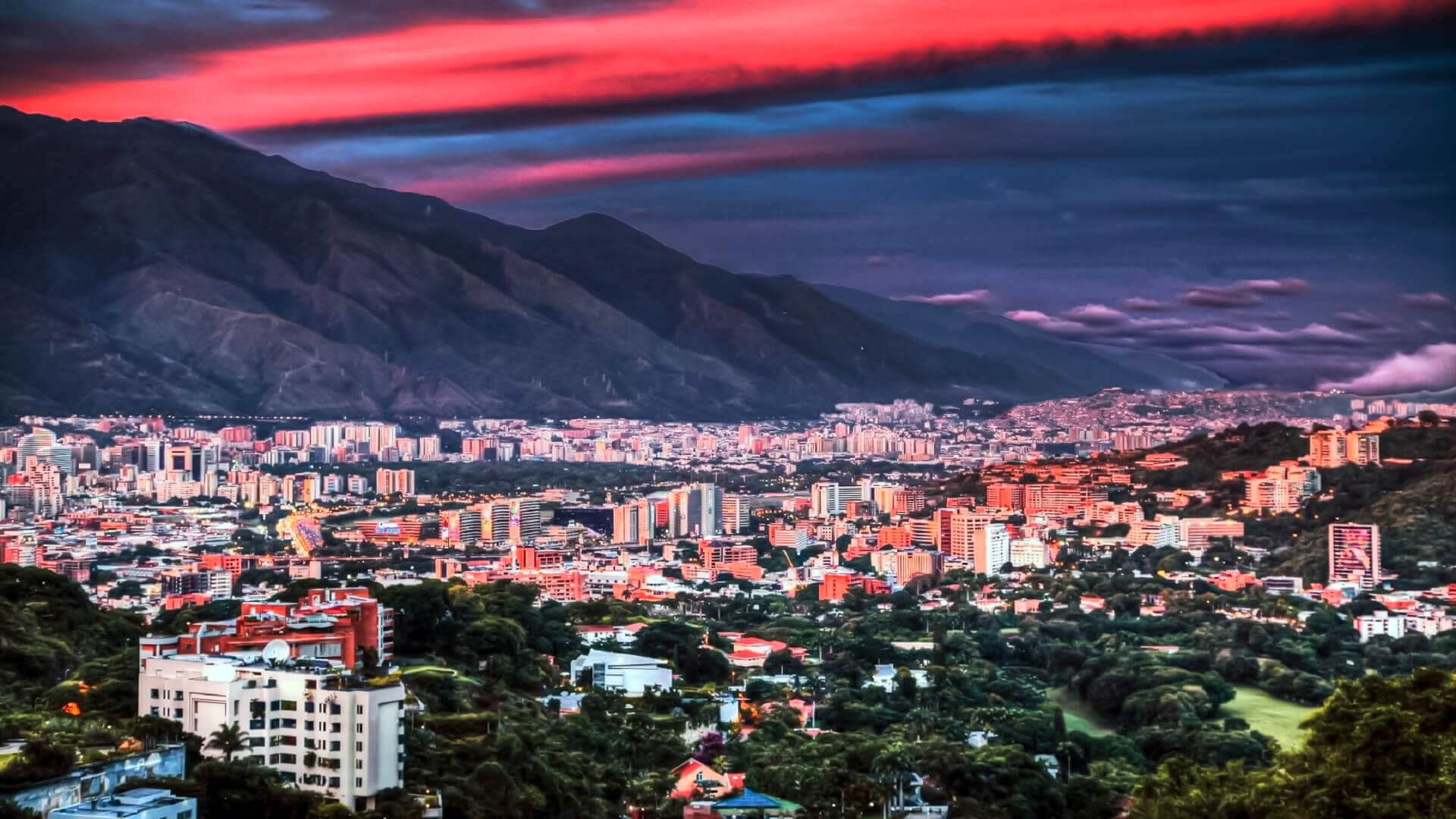Venezuela is one of the most urbanized nations in Latin America, with the overwhelming majority of Venezuelans residing in northern cities, particularly Caracas, the capital and biggest metropolis. In northern Venezuela, around 93 percent of the population resides in cities, and 73 percent lives fewer than 100 kilometers (62 miles) from the ocean. According to a research conducted by sociologists at Venezuela’s Central University, about 1.5 million Venezuelans, or approximately 4% to 6% of the country’s population, fled Venezuela after the Bolivarian Revolution. Despite the fact that almost half of Venezuela’s geographical area is south of the Orinoco, just 5% of Venezuelans live there. Ciudad Guayana, the sixth most populated conurbation, is the biggest and most significant city south of the Orinoco. Barquisimeto, Valencia, Maracay, Maracaibo, Mérida, San Cristóbal, and Barcelona–Puerto la Cruz are other important cities.
Ethnic groups
Venezuelans are descended from a diverse set of ancestors. The bulk of the population is said to be of mestizo, or mixed, ethnic origin. Nonetheless, the word mestizo was removed from the responses in the 2011 census, when Venezuelans were asked to define themselves based on their traditions and heritage. The majority identified as mestizo or white, with 51.6 percent and 43.6 percent, respectively, claiming to be mestizo or white. [1] Almost half of the population identified as moreno, a word used across Ibero-America that meaning “dark-skinned” or “brown-skinned,” as contrast to having lighter complexion (this term connotes skin color or tone, rather than facial features or descent).
Ethnic minorities in Venezuela are mostly descended from African or indigenous peoples; 2.8 percent classified as “black,” 0.7 percent as afrodescendiente (Afro-descendant), 2.6 percent as indigenous peoples, and 1.2 percent as “other races.”
Wayu made up 58% of indigenous people, Warao made up 7%, Karia made up 4%, Pemón made up 4%, Piaroa made up 3%, Jivi made up 3%, Au made up 3%, Cumanágoto made up 3%, Yukpa made up 2%, Chaima made up 2%, and Yanomami made up 1%.
According to an autosomal DNA genetic research performed by the University of Brasilia (UNB) in 2008, the makeup of Venezuela’s population is 60.60 percent European, 23 percent indigenous, and 16.30 percent African.
During the colonial era and until after WWII, many European immigrants to Venezuela came from the Canary Islands, which had a major cultural influence on Venezuelan food and traditions. Venezuela has been dubbed the “eighth island of the Canaries” as a result of these effects. With the beginning of oil extraction in the early twentieth century, US corporations started establishing operations in Venezuela, bringing with them US people. Later, both during and after the war, additional waves of immigrants arrived from various areas of Europe, the Middle East, and China, many of whom were encouraged by government-established immigration programs and liberal immigration laws. Venezuela, like the rest of Latin America, welcomed millions of European immigrants throughout the twentieth century. This was particularly evident after World War II, as a result of a war-torn Europe. Venezuela attracted millions of immigrants from Ecuador, Colombia, and the Dominican Republic during the 1970s, when the country was enjoying an oil-export boom. Some Venezuelans were opposed to European immigration because they believed it would lower wages. The Venezuelan government, on the other hand, was aggressively recruiting immigrants from Eastern Europe to address a shortage of engineers. Millions more Colombians, as well as those from the Middle East and Haiti, would continue to migrate to Venezuela until the early twenty-first century.
According to the World Refugee Survey 2008, released by the US Committee for Refugees and Immigrants, Venezuela housed 252,200 Colombian refugees and asylum seekers in 2007, with 10,600 additional asylum seekers entering Venezuela. It is believed that there are between 500,000 and one million illegal immigrants in the nation.
The country’s indigenous population is estimated to be about 500 thousand individuals (2.8 percent of the total), divided among 40 indigenous peoples. The country’s multi-ethnic, multi-cultural, and linguistic nature is recognized in the Constitution, which contains a chapter dedicated to indigenous peoples’ rights, which opened up areas for their political participation at the national and municipal levels in 1999. The majority of indigenous peoples live in eight states along Venezuela’s borders with Brazil, Guyana, and Colombia, with the main tribes being the Wayuu (west), Warao (east), Yanomami (south), and Pemon (southeast).
Religion
According to a 2011 survey (GIS XXI), 88 percent of the population is Christian, with the majority being Roman Catholic (71 percent) and the remaining 17 percent Protestant, mainly Evangelicals (in Latin America Protestants are usually called Evangelicos). Venezuelans without religion account for 8% of the population (atheists account for 2%, while agnostics or indifferents account for 6%), while other religions account for almost 3% of the population (1 percent of them are of santeria).
There are tiny but powerful Muslim, Buddhist, and Jewish populations in the area. More than 100,000 Muslims live in Nueva Esparta State, Punto Fijo, and the Caracas region, with the majority being of Lebanese and Syrian ancestry. More than 52,000 Venezuelans follow Buddhism. The Buddhist population is mostly made up of Chinese, Japanese, and Koreans. Buddhist centers may be found in Caracas, Maracay, Mérida, Puerto Ordáz, San Felipe, and Valencia. The Jewish population in Venezuela comprises about 13,000 people and is mostly centered in Caracas.


